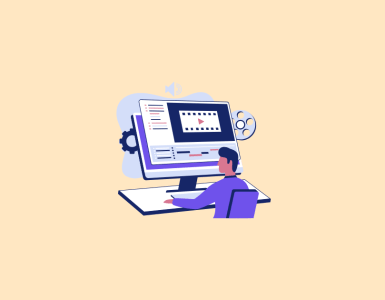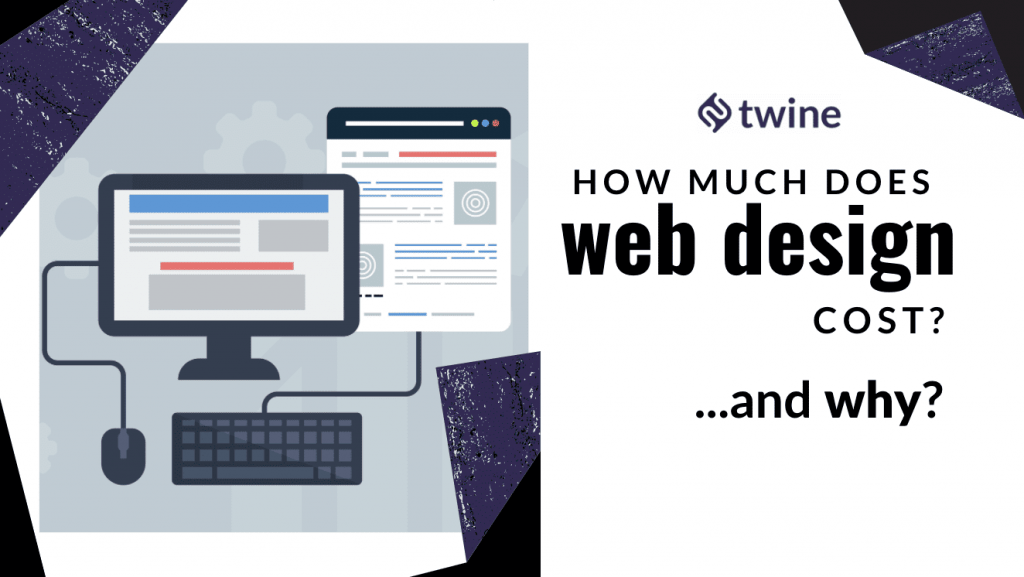
Are you looking to create a website for your new business? If so, then you may have to figure out the web design cost, the construction, complexity, and number of pages to undertake the process while delivering a good user experience.
But you’re probably wondering what the cost is to develop a website (as there are multiple factors influencing it.)
Besides, you may need to set a range to create a suitable website.
I’m sure you’ll agree that setting a budget can be overwhelming to get a certain number of features and skip the unnecessary ones that may increase the cost. As it turns out, the answer to the website design cost lies in how much you are willing to spend.
Simple and static website development may cost you up to $1000. On the other hand: an advanced website may cost up to $300,000, which may seem a bit excessive.
A website on the middle ground with minimal functionality can cost between $20,000 and $25,000. Furthermore, an eCommerce and social media platform may require an investment of $60,000 to $100,000.
You may even spend over $120,000 if the website contains tech-savvy elements. Here’s the thing; the final price of the website depends upon you and the type of website you wish to create.
Besides, multiple factors may help you estimate a price to correspond with the website features.
Note: need a web designer, fast? There are over 13,500 freelance web designers at Twine, ready to design the website of your dreams. Find them here.
So, How Much Does Web Design Cost?

An in-depth analysis may provide an answer to the cost of your website design. The activity cost of a typical website design lies between $3,000 and $8,000.
A social media or eCommerce site design may have an activity cost from $5,000 to $10,000. The cost of an advanced website design may lie between $10,000 to $15,000.
As you have an idea about the cost of website design, you won’t have to guess the price of different stages. The itinerary of your design projects also depends upon the execution of the project.
While developing a website, learn how to efficiently work from home for cost reduction and better outcomes. Every business has unique requirements, so the end result and the cost will vary.
Factors That Influence The Cost of Web Design
1. The Type of Website

The most significant deciding factor for the cost and design will be the type of website. The type of website will determine the complexity and additional features of the site – for instance, a healthcare website would need many more features than an oil-painting blog.
You may choose from different types of websites such as landing pages, brochures, blogs, etc. For the customer cloud software website, your options include a marketplace, eCommerce platform, and software as a service to specify the category.
A landing page or a brochure site showcases the products or services of the company in a minimal design. However, these products are only for display, not for sale.
A simple website is to meet potential clients or share news and products with these clients. The number of pages of a simple website may determine the final price of development.
Blogs are usually useful in sharing content in detail; however, the site is not too complex. A minimal design of the blog may help in saving some bucks.
If you are creating an advanced eCommerce or SaaS website, it requires powerful UX and UI designing and a seamless cloud system. As they contain security certificates, payment systems, interactive features, and mobile compatibility, they should have a good design, speed, performance, and visuals.
Now you are familiar with the types of websites, let’s determine more about the cost of designing. Some websites require a drag and drop builder.
On the other hand, some may require an experienced designer. As the pay rate of both of them will be different, it will directly impact the cost of designing a website.
2. The Number of Pages
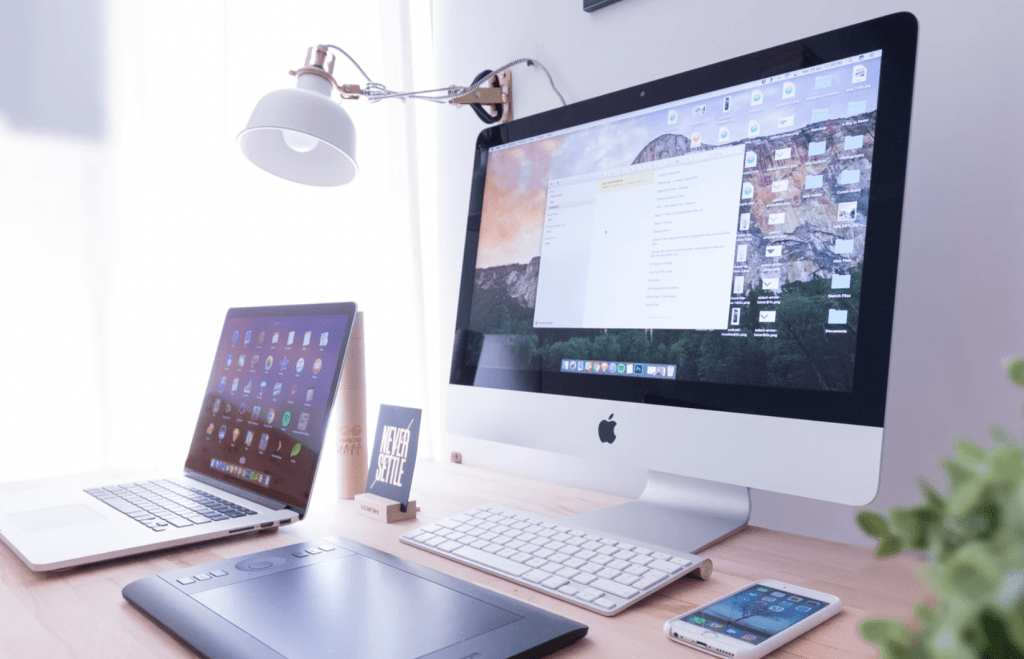
The structure of your website also determines the final cost. A simple landing page, built with an intuitive page builder, is the simplest to create and easy on the pocket. The minimal design of the page is enough to showcase the services and the products.
A simple website may start with a few pages; however, it may need more pages as the business grows. Therefore, the number of pages will increase the size of the site, along with the building cost.
This simple website will grow from the seed stage to the mid-level stage with an increase in volume. So, you may start with less but end up with larger website content.
Besides, all the pages should follow the same design to maintain uniformity. The design should be cohesive for ease of use. Corporate websites may require more than 50 pages to cover all the information, such as customers, investors, and services. So, it is necessary to plan the design elements like navigation, graphics, usage patterns, and others carefully.
3. The Number of Features
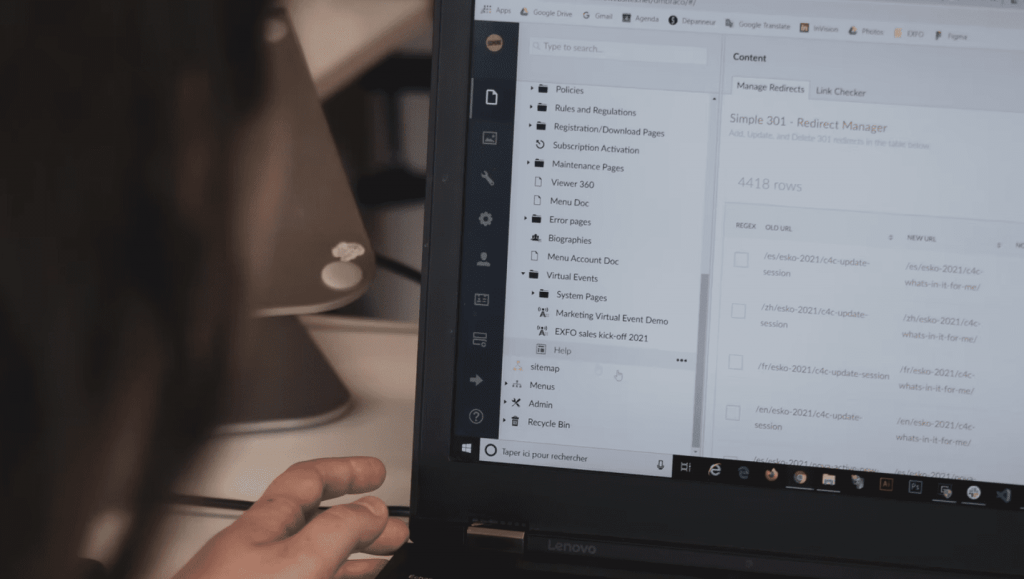
The number of features and roles of a website determine the complexity of the website. You may decide these on the basis of your website’s purpose and objectives.
If you have a larger website catering to a massive number of users, you may need more features.
For instance, compare a travel blog with a telemedicine website platform such as a telemedicine web app. The former has simple features, while the latter will have features such as payment, video assistance, and live calling.
Here’s why the cost of a telemedicine website will be more than a simple blog. Features such as registration, appointment scheduling, doctor’s catalog, cloud storage, and real-time consultation add up to the features of the website.
The sophisticated integration of the features results in a complex website. The two-way features integration and intricacy of these features impact the cost of the website directly.
You may study the growth of Facebook over the years. From a simple site, to making friends and chatting, it has now become a marketplace to sell and work, video chats, and so much more.
This gradual increase in features and functions also impacts the maintenance and upkeep cost of the website. Moreover, with the increase in website size, the number of roles or people required will also increase.
You may need to upgrade your team with a UI/UX designer to make your website look better. Moreover, you may also need testers and developers to further extend your website. This will directly impact the website expansion cost.
4. Design Styles
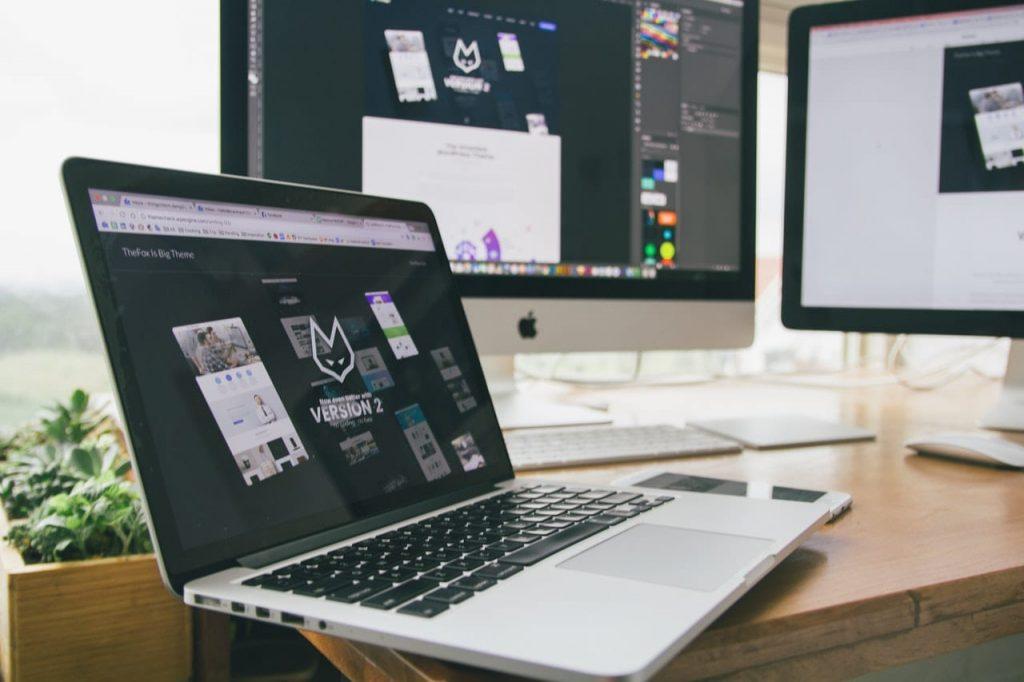
Are you wondering if a unique website design is better than a ready-made one? The answer is yes.
The procedure of creating your websites determines the quality and the cost of developing. You may choose from ready-made design options or build a custom one from scratch.
Website design-builders such as Wix or Zyro are full of templates, drag and drop features to create a website design. You may hire a freelancer with specific graphic design skills to work on these website builder tools.
Custom Website Design
Web design cost may increase with a custom approach; however, it gives better control in the design. Moreover, it is easy to scale, and the web designer can add unique design, features, and user experience elements.
A custom website will load faster as the elements are easy to manage and optimize. Besides, it will have no bugs and perform better in terms of functioning and layout.
It also gives users the freedom to edit, add, remove, or manage any number of features. A business-specific design will also help in better optimization.
If you can manage to invest in a custom design, do not think twice.
Pre-made Website Design
The online website constructors have features to edit, remove, add and manage layouts, items, and landing elements. It is basically a DIY website creation with the help of pre-loaded editable templates.
You just need to pick the elements and add the content to them. Moreover, they also come with SEO-friendly features that ensure the success of the websites. If you are unsure of how these elements work then it may be a good idea to work with an SEO professional in order to optimize them accordingly.
These platforms are easy to use – even blogging amateurs can whip up great-looking sites easily – and value for money. They also give great features to modify the design and have friendly customer support in case of any hiccups in the plan.
The cost may lie between $1000 and $5000 to create landing pages and blog websites. Builder platforms such as Shopify, Joomla, and WordPress provide easy features to work with cost-effective plans. Shopify in particular is a good option, if you need a simple-to-use platform. If you already have one, consider migrating to Shopify so you can enjoy its amazing eCommerce feature.
However, a non-technical person may require a professional to work on these platforms for website designing.
5. The Team: Size, Level, Country

Now you may not require too much technical assistance and a dedicated team to work on ready-made templates. But, the execution cost and team may add up if you are creating a custom website from scratch.
For instance, a corporate website will require a designer, project manager, market, and markup developer. As you need scalability, functionality, UX, UI, performance, and customer access to a corporate website, it is vital to have an experienced team.
You can choose your team from different local agencies, freelancers, or work with an outsourcing agency. In the end, the efficiency, communication, and skills of the team will determine the time and cost of the website.
The cost of designing a website may range from $10,000 to around $30,000 based on the number of people, level of expertise, and location.
You may use these management tools to create an efficient workflow and improve productivity among different teams.
The Bottom Line
Now that you know all about the aspects that influence web design cost, you will make the most out of your options. Creating a simple website or working on a complex website requires a certain amount of time, skills, and money.
It is ideal to walk through each step beforehand to determine how much you can shell out for creation and development. Moreover, you need to invest in marketing, maintenance, and upkeep of the website.
Hiring a professional team with experience will be a good use of your resources. An experienced team will understand the targeted audience, current trends, and optimization.
Apart from this, the in-depth analysis, focus on design, and development will ensure your vision of a website comes to life.



